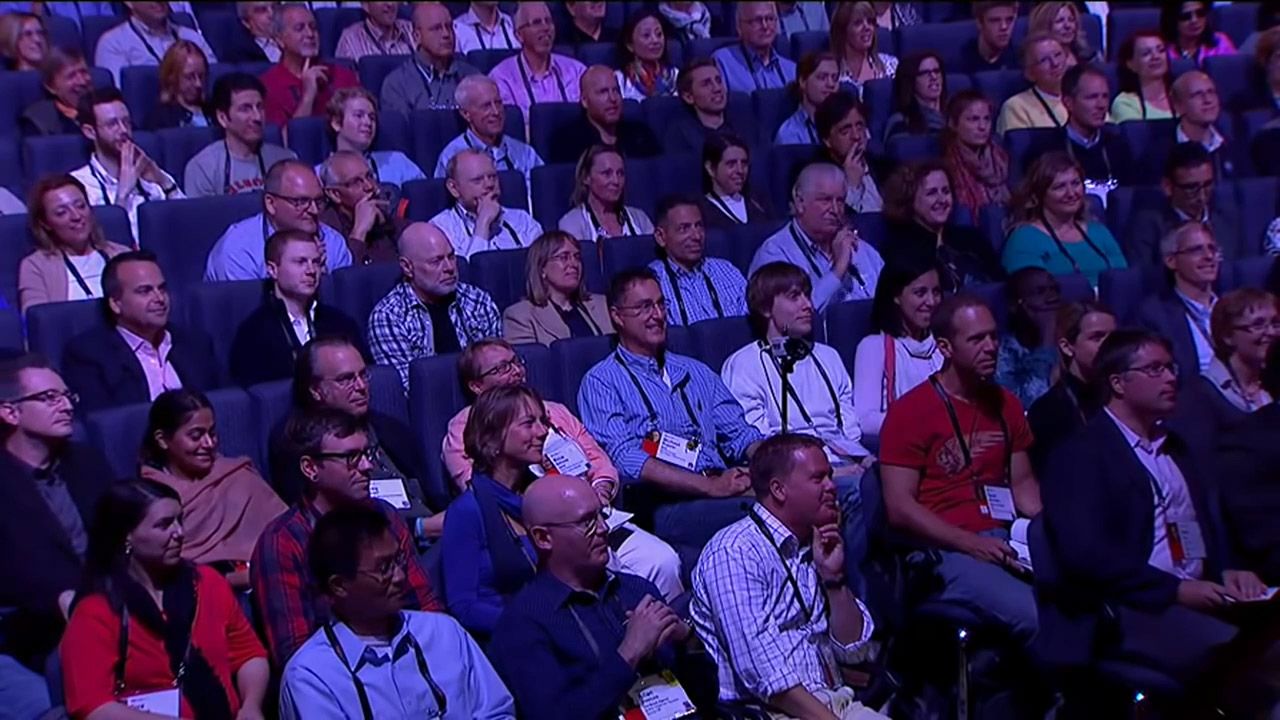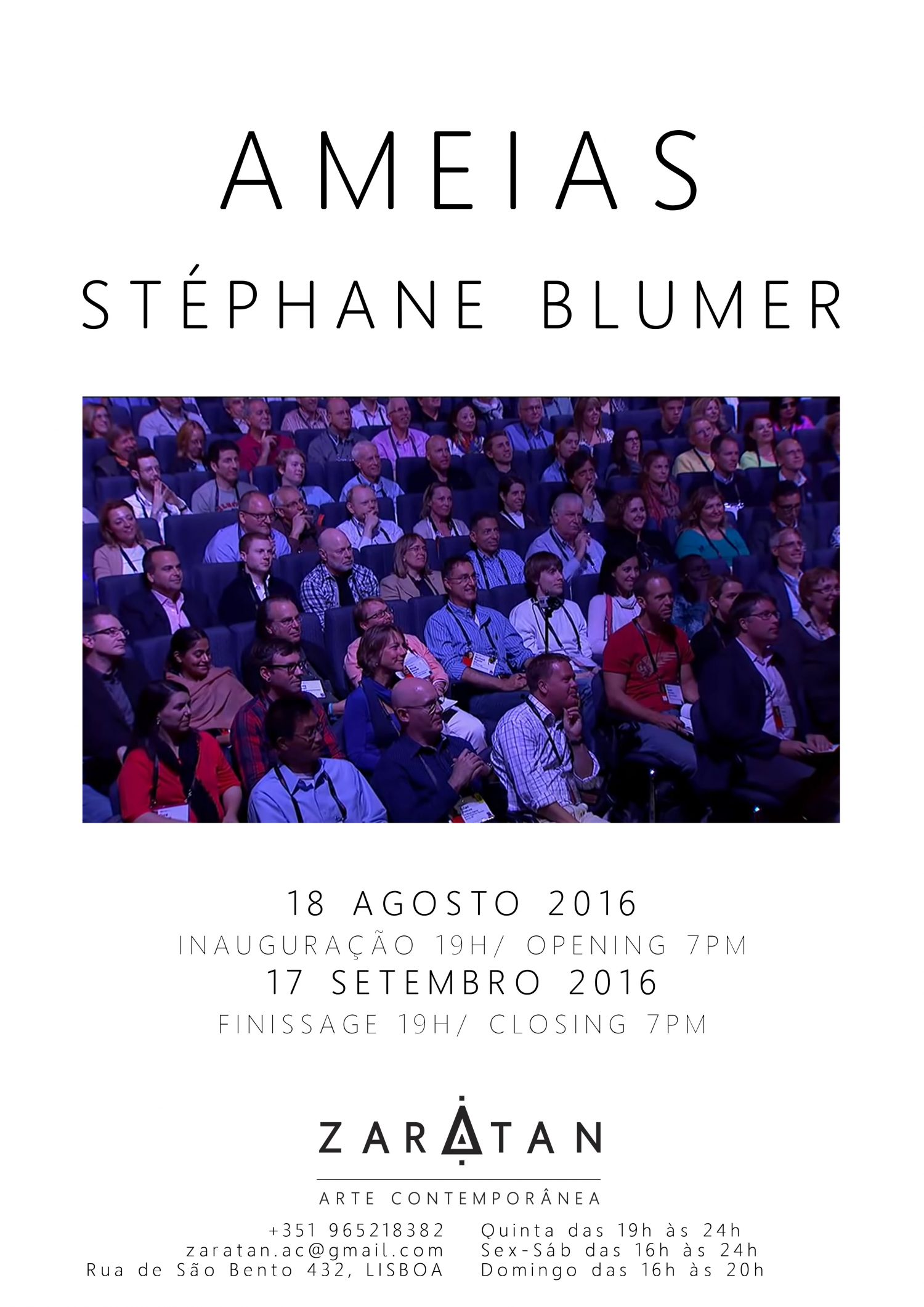AMEIAS by Stéphane Blumer
18 Agosto a 17 Setembro


Stéphane Blumer
18. 8. 2016
Inauguração
17. 9. 2016
Closing
On the 18th of August, at 7pm, to Zaratan - Arte Contemporânea is thrilled to present the exhibition Ameias by Stéphane Blumer.
The work presented in the exhibition investigates the conflict zone between individuality and community. Within specifics cultural and historical contexts, one of the intentions is to identify moments of discontinuity which reevaluate socio-political structures. Intending to put at risk personal conventions as much as cultural ones, “Ameias” investigates language and its gaps and shortcomings. Ranging between audio-visual and installation, the works presented at Zaratan is constantly juggling between what is easily thought and hard to express, and what is unthinkable and here exposed without effort. The work presented in the exhibition Ameias by Stéphane Blumer. investigates the conflict zone between individuality and community. Within specifics cultural and historical contexts, one of the intentions is to identify moments of discontinuity which reevaluate socio-political structures. Intending to put at risk personal conventions as much as cultural ones, Ameias investigates language and its gaps and shortcomings..
The video "Quietism" is a postproduction of scenes taken from hundred of the few 70’000 TED’s talks available online. The themes are as vast as “Technology, Entertainment and Design -- plus science, business, global issues, the arts and much more.” (Youtube TED’s profile).Here the lecturer is absent and the material has been extremely censored. Only the audience remains in front of the titles of the talks that are being exposed. The audience becomes subject. The actual viewer of the video balances between the position of the mute lecturer in front of its audience and an ambiguous mutual voyeurism is experienced.
"Atelophobia" (from the Greek: “atelès”, meaning "imperfect" or "incomplete" and“phóbos”, "fear”. It is an anxiety disorder commonly known as the fear of not doing well enough) is a series of wallpapers containing motifs that engage either with the specific moments that a crowd materialises itself or, conversely, with a mass that is created by grouping individuals or singular objects. Playing with visual illusion of boundlessness, different situation are represented: riots and throngs, flocks of people queuing or praying congregations etc. The interest of this work lies in the contrast that exists between individuality and multitude and the strong capacity of the latter to consume the former: each single person is distinguishable from the other just if the pattern is observed closely. This situations are shaped in architectural models: facade, walls, windows, and doors.
The video "Anhedonia", is a series of reappropriated soap opera’s from Brasil where dialogues have been entirely censored. The outcome of such gesture emphasise on non-verbal interaction between the actors resulting in grotesque face expression and a tense yet emptied out narrative. Such emotion outlines what kind of strategies that are used to produce suspense and seduction within the televisual audience. The term “anhedonia” indicates the inability to experience pleasure from activities usually found enjoyable, e.g. exercise, hobbies, music, sexual activities or social interactions. Anhedonia can be a characteristic of mental disorders, including mood disorders, and schizophrenia and others.
Finally, the video installation "Avolition" blend tutorials of 3D modeling programs to create galaxy with a long list of revolutions taken place between 1985 and the present. “Avolution” literally means "lack of will", it is a symptom of various forms of psychopathology, is the decreased motivation to initiate and execute self-directed goal-directed activities These activities seem to be generally overlooked and include routine activities, such as hobbies, going to work and/or school, and essentially engage in social activities. Between “re-volution” and “a-volition”, between historical datas and galaxys, we are in a vertigo between microcosm and macrocosm. The audio of "Avolition" is formed by two types of sound waves. One is called binaural, and it is the result of the merging of two slightly distant waves, in this case the brain creates a third nonexistent wave, and a kind of hallucination. Binaural sounds involve frequencies which have the effect of calming. , the second type of waves used in this work are called isochronics. They are shorter, faster and have the effect of awakening.

